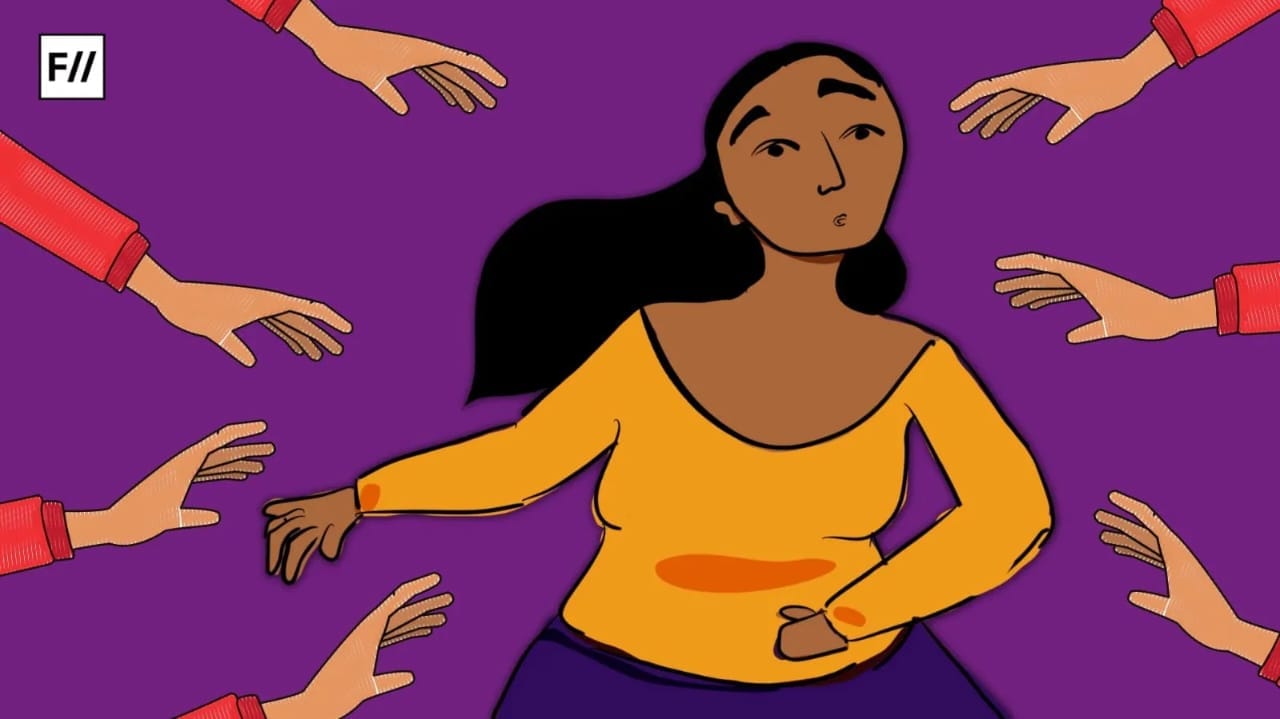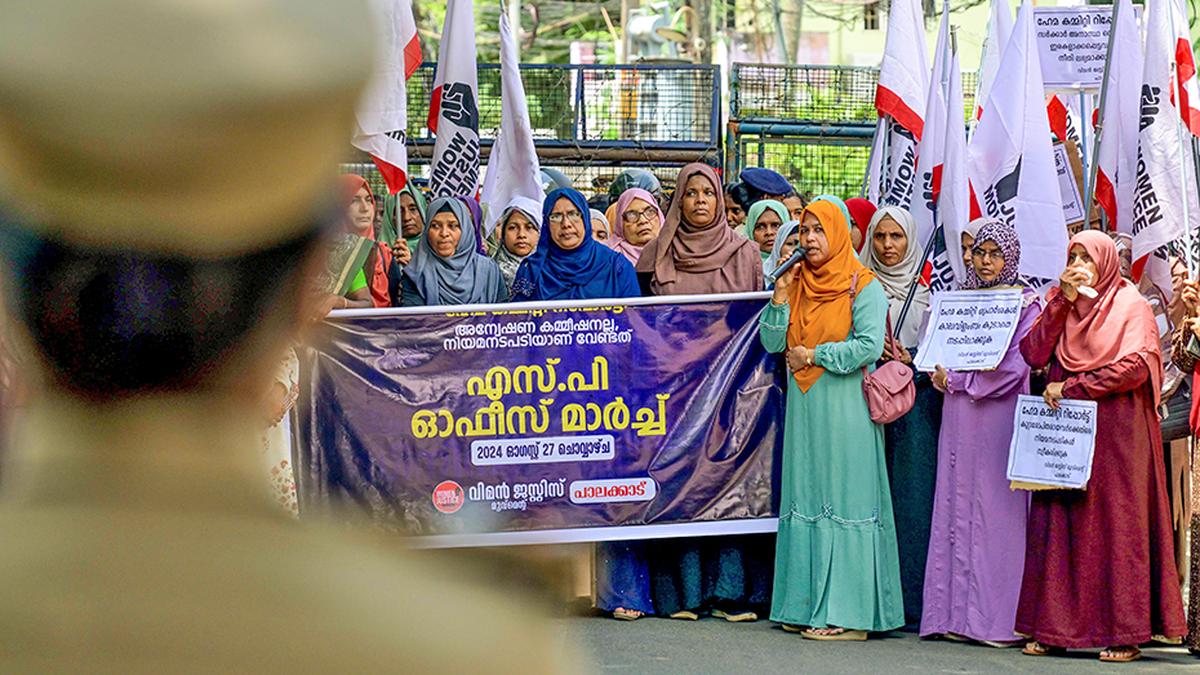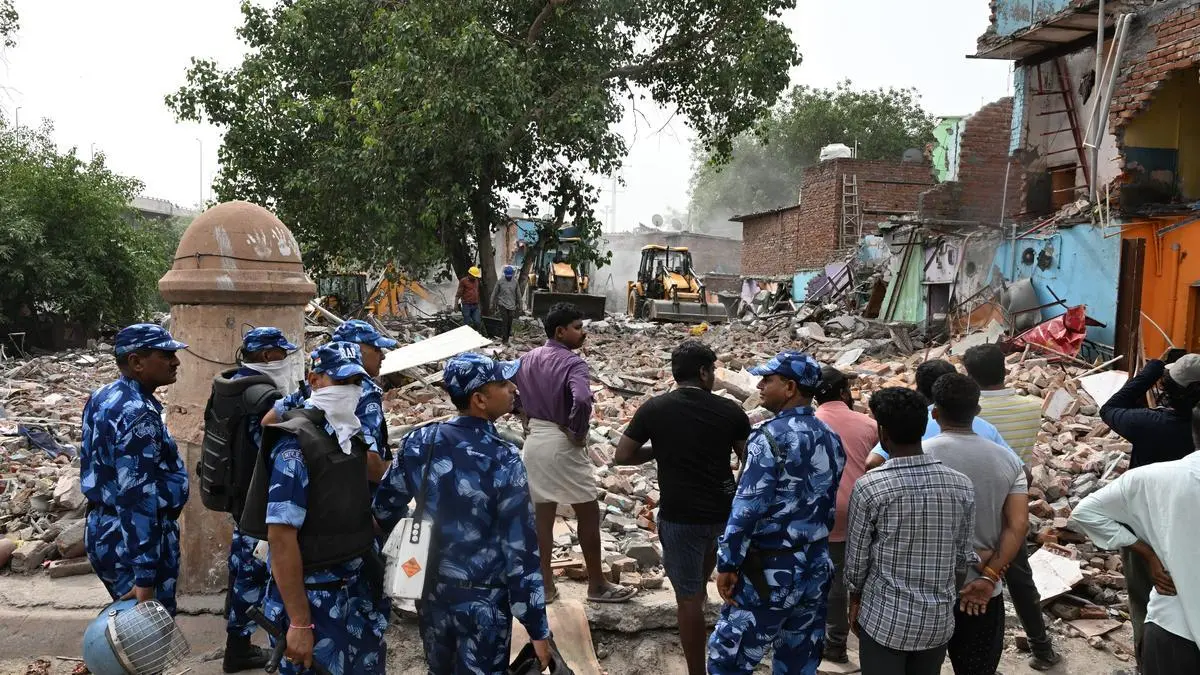We, Indians, have grown up listening to how the democratic experience (or experiment?) that we embarked on, is a tryst with Destiny. We have seen how our first prime minister talked about how as “the world sleeps, India will awake to life and freedom“, this sentence reflects the vision that independent India is expected to live by, it ties its very existence to the idea of freedom. That is the importance liberty has for Indian democracy to thrive.
Perhaps, this importance is historically rooted in the fact that Indians had their socio-political and even economic choices dictated by the colonial authorities for decades. Acts that curtailed the freedom of expression, more so freedom of journalism like the Vernacular Press Act, Censorship of Press Act, 1799, Metcalfe Act and Indian Press Act, 1910 are a testament to this fact and the protests focused on those highlighted the resistance that the “common” woman and the man had.
Also Read: Rise In Institutional Murders: The Pressure Of Class, Caste And Gender
Fast forwarding to the independent era, we have several legal and fundamental rights in place to ensure that we do ‘get to‘ exercise freedom of expression. However, as is the case with other constitutional and legal arrangements, whether they translate into actual reality or not depends on a set of other contributing factors as well. Take, for instance, the emergency period that led to severe censorship and other restrictions on the freedom that individuals exercised, or the will of journalists, media and newspaper houses to express what they wished to.
Blank space in national newspapers became a common mark of resistance against those restrictions and made the issue heard in public. But this was an open violation of the liberty that we as Indians are entitled to by the virtue of our constitutional rights. This is what makes it different from the notion that several predominantly western think tanks and advocates of neo-liberal rights and freedom have been putting forth. At the outlook, everything seems to be peaceful, but a deeper inspection of those reports by think tanks reveals that the ground reality might not be the same, and in fact even more complicated.

One such report was recently produced by the US-based think tank Freedom House. An organisation that works on issues of political advocacy surrounding issues like human rights, political freedom and democracy. It annually produces a report titled Freedom in the World where it marks 195 countries as being free, partly free and not free by scoring them out of 100.
Additionally, looking at the standards, the status of civil rights and political liberties in those countries, the organisation designates countries as being electoral democracies. Having this as the context, the Freedom House has produced its annual report that has termed India as being a “partially free country” for a third consecutive year.
Also Read: All Is (Not) Well: India Tops Again In Internet Shutdowns
This status comes as a serious concern in the light of the Indian government claiming itself to be a thriving, active and largest democracy in the world. While the overall score stands at 66 out of 100, it gets 33 in political rights and civil liberties out of 40 and 60 respectively. Thus, unlike its population count, India’s score in the report did not change from last year.
The report marks that the “political rights of India’s Muslims continue to be threatened“, this comes in the light of the CAA and the creation of a national register of citizens (NRC). The report sees it as a way of disenfranchising Muslim voters and highlights this as one of the many instances where minorities still face obstacles when it comes to political representation and participation.
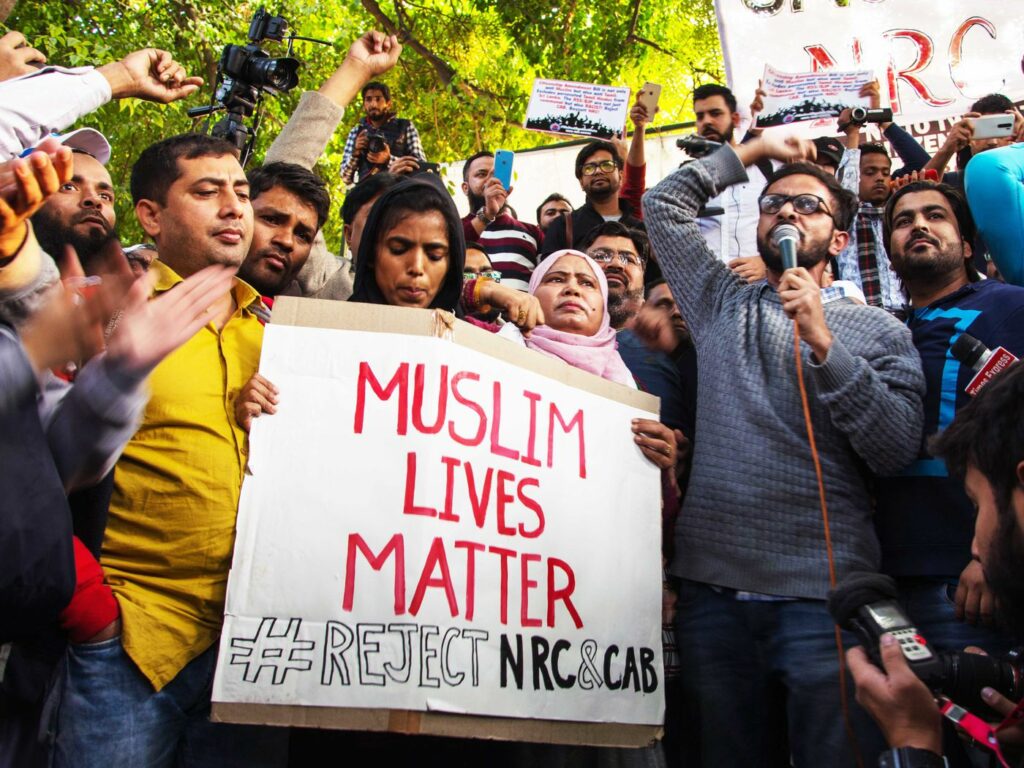
However, a score “lower” for India seems to be the civil liberties section, particularly the freedom of expression and belief. The report calls out the authorities for using security, defamation, sedition and hate speech laws to reduce the autonomy and control that journalists have over what they report. This has also well been contributed to by the close-knit nexus of businessmen, politicians and private news agencies. The partial takeover of the NDTV group by Gautam Adani’s conglomerate stands to raise alarm about the same.
In this manner, one can clearly even clearly see news channels being totally biased towards particular political parties and pressure groups, which makes objective information inaccessible to the common people.
With regards to free and independent media, the report also takes recourse to the April 2022 incident where Article 14 news site journalists were attacked by the demonstrators and a case was filed against journalist Meer Faisal when a comment was made by him on Twitter regarding the same. This, thus, loops in the aspect of religious minorities getting a voice in the civil processes as well.
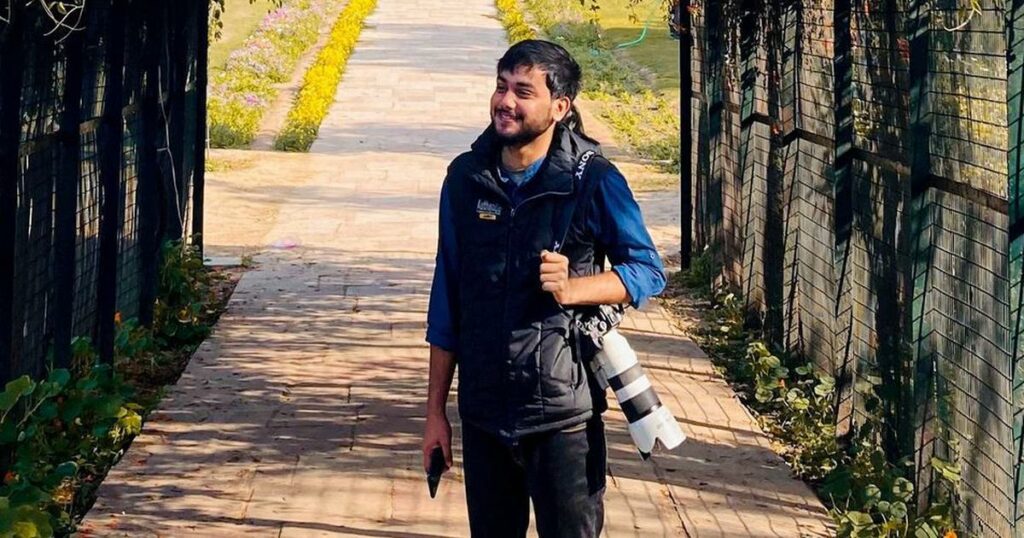
Further, the report also mentions the Karnataka state government’s decision of banning the Hijab in several public institutions, instances like these have led to questions regarding the freedom to express that students exercise in academic space as well as academic or ideological inclination that they show. “Heads of prestigious academic institutions are increasingly selected for their loyalty to the ruling party“, says the report.
Increasingly one sees that the report repeatedly takes to highlight the usage of authorities or say policing facilities as a tool in the hands of the present government. It cites the instances where the state governments have destroyed homes, and properties of minorities particularly Muslims because of their identification or association with protests or in opposition to the central government. This “bulldozer justice” has been observed to be apparently religiously targeted.
Another interesting point that the report seems to raise is with regard to the Northeast Indian states. While the central government often seems to be claiming that treaties have been signed with all major insurgent forces and peace prevails, the report highlights the continued existence of Maoist insurgency in the east-central hills of the country. It claims that 40 insurgent factions that are fighting the security forces and their fighters have been implicated in “bombings, killings, abductions, and rapes of civilians, and they operate extensive extortion networks.”
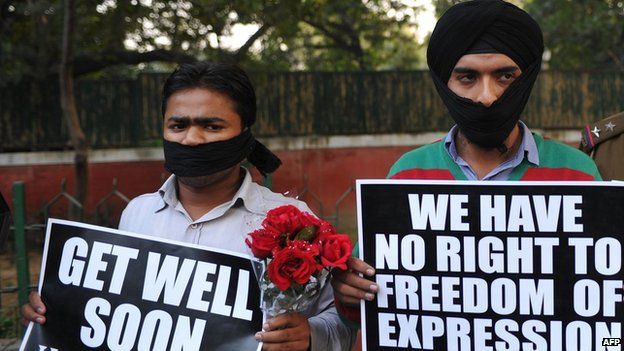
All in all, one can see that the report points to a very grim state of political freedom especially the liberty experienced by journalists, religious and even gender minorities. The reduction in academic freedom highlights an even more downward spiral. Even a few other west-based think tanks and magazines seem to raise these issues.
Also Read: Internet Shutdowns: Is Dissent A Threat To The Government?
In times, like these, it becomes pertinent to understand the present government’s take as well. While the ruling party denies all such claims made against it in the report, it points towards these think tanks being biased, supported by a “pseudo-liberal” lobby and a network of the intelligentsia that fuels this network and the ecosystem.
The government’s response can perhaps be summed up in one line that the external affairs minister S Jaishankar made after the Freedom House report downgraded India’s status to partially free democracy in 2021, “You use the dichotomy of democracy and autocracy…You want the truthful answer – it is hypocrisy.”
About the author(s)
Arya is an undergraduate student pursuing an Integrated Master's in Development Studies from the Indian Institute of Technology, Chennai. She completed her schooling in the humanities stream from Nagpur. Still hooked to teenage novels, she likes singing, dancing and loves talking. Intersectionality became her favourite word since the time she was introduced to it. Her major interests include adopting the intersectional feminist approach in studying other disciplines like Economics, Management, Development and interpretation of literature, films Etc.



